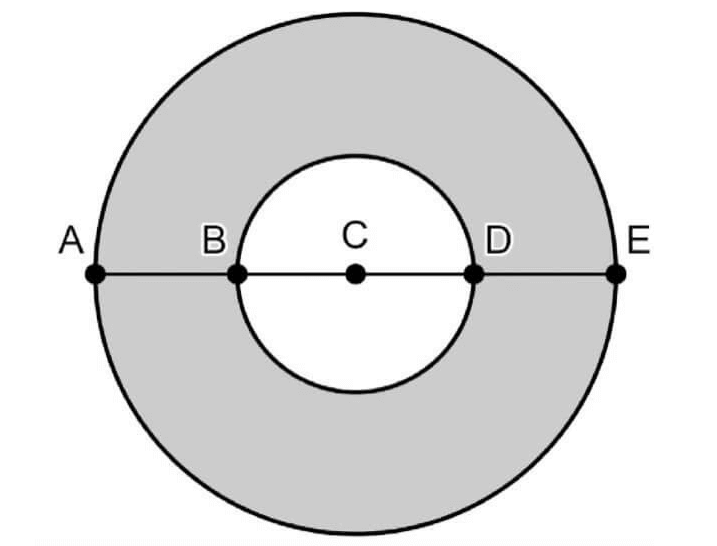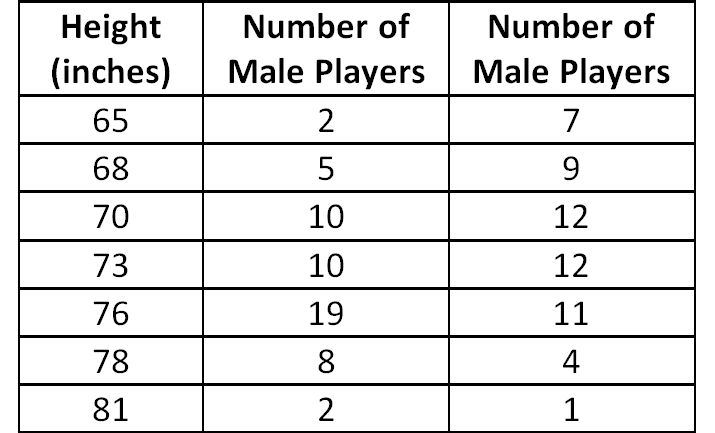HOW TO IDENTIFY POINTS OF DISCONTINUITY
The points of discontinuity occurs when both numerator and denominator will have common factor or factors.
To find points of discontinuity, we follow the rules given below.
Step 1 :
Factorise both numerator and denominator.
Step 2 :
By equating the common factors to zero, we will find the values of x.
Step 3 :
By applying the values of x in the simplified rational function, we will get the values of y.
Values of x are known as excluded values, and it is known as removable discontinuity.
Identify the points of discontinuity
Find and classify any points of discontinuity
Example 1 :
y = (x2 + x - 6) / (3x2 - 12)
Solution :
y = (x2 + x - 6) / (3x2 - 12)
Factoring the numerator and denominator, we get
x2 + x - 6 = x2 + 3x - 2x - 6
= x( x + 3) - 2(x + 3)
= (x + 3)(x - 2)
3x2 - 12 = 3(x2 - 4)
= 3(x2 - 22)
= 3(x + 2)(x - 2)
y = (x + 3)(x - 2) / 3(x + 2)(x - 2)
The common factors is x - 2, using zero property
x - 2 = 0
x = 2
At x = 2, the function will have a hole.
x + 2 = 0
x = -2
At x = -2, the function has a vertical asymptote.
Example 2 :
y = x/(x2 - 9)
Solution :
y = x/(x2 - 9)
Factoring the numerator and denominator, we get
x2 - 9 = (x2 - 32)
= (x + 3)(x - 3)
y = x/(x + 3)(x - 3)
There is no common factor in both numerator and denominator.
x + 3 = 0 and x - 3 = 0
x = -3 and x = 3
At x = -3 and x = 3, the function has vertical asymptotes.
Example 3 :
y = (3x2 - 1)/x3
Solution :
y = (3x2 - 1)/x3
There is no common factor in both numerator and denominator.
x = 0
At x = 0, the function has vertical asymptotes.
Example 4 :
Find constants a and b such that the function

continuous for -3 ≤ x ≤ 0.
Solution :
lim x->-2-f(x) = lim x->-2 -x
= -(-2)
= 2
lim x->-2+ f(x) = lim x->-2+ ax2 + b
= a(-2)2 + b
= 4a + b
lim x->-2-f(x) = lim x->-2+ f(x)
4a + b = 2 -----(1)
lim x->0- f(x) = lim x->0- ax2 + b
= a(0)2 + b
= b
lim x=0 f(x) = lim x=0 6
= 6
Since the function f(x) is continuous between -3 and 0,
lim x->-2-f(x) = lim x->-2+ f(x) = lim x = -2 f(x)
lim x->0-f(x) = lim x->0+ f(x) = lim x = 0 f(x)
b = 6
Applying the value of b in (1), we get
4a + b = 2
4a + 6 = 2
4a = 2 - 6
4a = -4
a = -4/4
a = -1
So, the values of a and b are -1 and 6 respectively.
Example 5 :
Find constants a and b such that the function

is continuous.
Solution :
lim x->3-f(x) = lim x->3- x2 - 1
= 32 - 1
= 9 - 1
= 8
lim x->3+ f(x) = lim x->3+ 2ax
= 2a(3)
= 6a
Since the function is continuous,
lim x->3-f(x) = lim x->3+ f(x)
8 = 6a
a = 8/6
a = 4/3
So, the value of a is 4/3.
Example 6 :
Examine the continuity of g(x) = x + 3 at the point x = 2.
Solution :
g(x) = x + 3 at the point x = 2
Since it is continuous function, then
g(2) = 2 + 3
g(2) = 5
Find the value(s) of x at which the functions are discontinuous.
Example 7 :
f(x) = (9 - x2) / (x - 3)
Solution :
f(x) = (9 - x2) / (x - 3)
f(x) = (32 - x2) / (x - 3)
= (3 - x)(3 + x) / (x - 3)
= -(3 + x)(x - 3) / (x - 3)
= -(3 + x)
Equating the common factor to 0, we get
x - 3 = 0
x = 3
The function is discontinuous at x = 3
Example 8 :
f(x) = 13x / (x2 + x - 6)
Solution :
f(x) = 13x / (x2 + x - 6)
x2 + x - 6 = x2 + 3x - 2x - 6
= x(x + 3) - 2(x + 3)
= (x - 2)(x + 3)
f(x) = 13x / (x - 2)(x + 3)
x - 2 = 0 and x + 3 = 0
x = 2 and x = -3
So, the function is discontinuous at x = 2 and x = -3.
Example 9 :

Solution :
lim x->3- f(x) = lim x->3- -x
= -3
lim x->3+ f(x) = lim x->3+ (1 - x)
= 1 - 3
= -2
From the above proofs,
lim x->3- f(x) = lim x->3+ f(x)
The function f(x) is discontinuous.
Kindly mail your feedback to v4formath@gmail.com
We always appreciate your feedback.
©All rights reserved. onlinemath4all.com
Recent Articles
-
Digital SAT Math Problems and Solutions (Part - 264)
Aug 23, 25 08:48 PM
Digital SAT Math Problems and Solutions (Part - 264) -
Digital SAT Math Problems and Solutions (Part - 263)
Aug 22, 25 07:31 PM
Digital SAT Math Problems and Solutions (Part - 263) -
Digital SAT Math Problems and Solutions (Part - 262)
Aug 21, 25 08:08 AM
Digital SAT Math Problems and Solutions (Part - 262)

